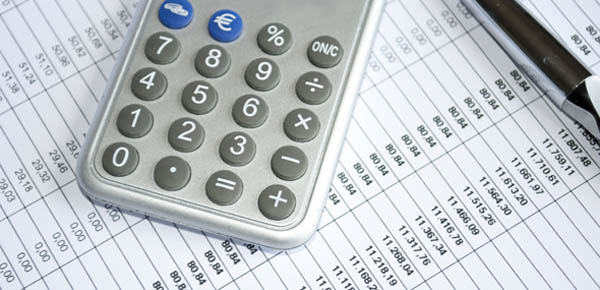bankruptcy
Solar developer SunEdison in bankruptcy as aggressive growth plan unravels
April 21, 2016 by elegant · Leave a Comment
SunEdison Inc, once the fastest-growing U.S. renewable energy company, filed for Chapter 11 bankruptcy protection on Thursday after a short-lived but aggressive binge of debt-fueled acquisitions proved unsustainable. In its bankruptcy filing, the company said it had assets of $20.7 billion and liabilities of $16.1 billion
Original post:
Solar developer SunEdison in bankruptcy as aggressive growth plan unravels
bankruptcy
The Different Types of Bankruptcy
June 3, 2010 by admin · Leave a Comment
Debt is an unfortunate facet of life that some people have to face. Sometimes it becomes impossible for a borrower to pay off the debts that are owed. To protect the individual or the company to a certain extent, the government has made available bankruptcy proceeding that they can resort to. This helps them avoid certain lawsuits that can be brought against them by the creditors. It also allows them a chance to protect properties and stay in possession of some assets.

Chapter 7 – This is the least uncomplicated of bankruptcies. Individuals, business partners and even married couples can apply for this. A representative from a Credit Counseling Agency has to interview the party in question before the filing takes place. Along with an appearance in court, the proceeding usually last about three and a half months. Upon a successful outcome the party in question is released from past unsecured debts. Thereafter a trustee is entrusted with the task of identifying assets that will be exempted from bankruptcy. Whatever is leftover if liquidated and used to pay off the creditors.
Chapter 9 – This law is meant for municipalities. Because municipalities could be public agencies or political subdivisions it tends to be much more complicated.
Chapter 11 – Used by business corporations, there are no trustees in this situation. The corporation has to formulate a reformation plan, which may include plans to recover productivity, repay debtors by selling assets, debt consolidation, merging, etc.
Chapter 12 – Designed for farmers and fishermen only, it allows them to keep their assets and pay the creditors with future earnings.
Chapter 13 – Similar to the previous chapter, it allows the individual to keep their property and pay creditors with their future salary. An agreed percentage of the salary (10 percent or more) is allocated to pay off the debts.
Posted By: Debt Settlement Online
